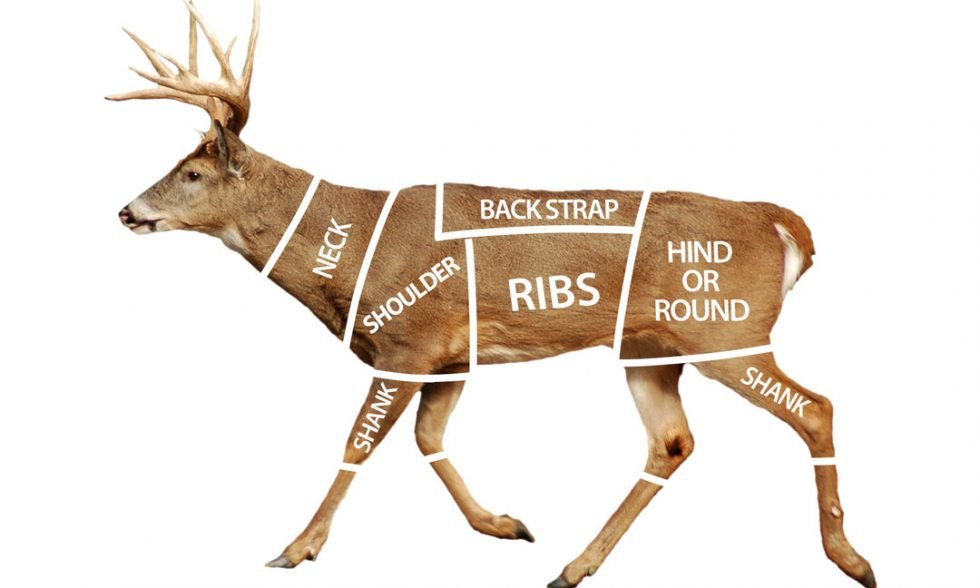Deer processing is an integral part of the hunting experience, ensuring that the meat you harvest is safe and ready for consumption. However, with various processing options available, determining the cost can be a challenge. In this comprehensive guide, we delve into the factors influencing processing expenses and provide you with an in-depth understanding of what to expect.

Image: www.wildcountrymeats.com
Understanding the Basics of Deer Processing
Deer processing involves several steps to prepare the meat for your table. These steps typically include skinning, field dressing, cutting, and packaging. Depending on your preferences and the processor you choose, additional services like grinding, sausage making, and smoking may also be available. It’s essential to note that processing costs vary based on the services you select and the size and species of deer.
Factors Affecting Processing Costs
Several factors influence the cost of deer processing, including:
-
Services Chosen: The type of processing services you opt for will significantly impact the overall cost. Basic processing, which includes skinning, field dressing, and cutting, is generally more affordable than value-added services like grinding or sausage making.
-
Size of the Deer: Larger deer require more time and effort to process, resulting in higher fees. The processing cost per pound typically decreases as the deer’s size increases.
-
Species of Deer: Processing costs can also vary based on the species of deer. Whitetail deer processing, for example, may be more expensive than mule deer due to the added complexity of handling the larger size and more intricate bone structure.
-
Processor’s Location: The location of the processing facility can play a role in processing costs due to variations in local labor rates, overhead expenses, and competition.
Average Processing Costs
The average cost of deer processing can range from $0.50 to $1.00 per pound, depending on the factors mentioned above. For a typical 150-pound whitetail deer, basic processing may cost around $75 to $150, while more extensive processing services can range from $200 to $300 or more.

Image: www.wxyz.com
Tips for Finding Affordable Deer Processing
-
Compare Prices: Contact multiple processors in your area and compare their pricing and services before making a decision.
-
Get Referrals: Ask fellow hunters, friends, or family for recommendations based on their positive processing experiences.
-
Consider Group Processing: If you’re hunting with a group, you may be able to negotiate a lower price by having your deer processed together.
-
Shop Around Off-Season: Processing fees may be lower during the off-season when processors are less busy.
Additional Costs to Consider
In addition to the processing fee, there may be additional costs to consider, such as:
-
Transportation: If you need to transport your deer to a processor, you may incur additional expenses.
-
Gratuities: It’s customary to provide a gratuity to your processor, typically in the form of cash or processed deer meat.
-
Packaging and Storage: Processors may charge a separate fee for packaging your venison, such as vacuum-sealing or cryovac bags.
How Much To Get A Deer Processed
Ensuring Trustworthy and Safe Processing
When selecting a deer processor, it’s crucial to choose a reputable and trustworthy business. Look for processors who adhere to strict sanitation standards and have a proven track record of providing safe and high-quality processed venison.